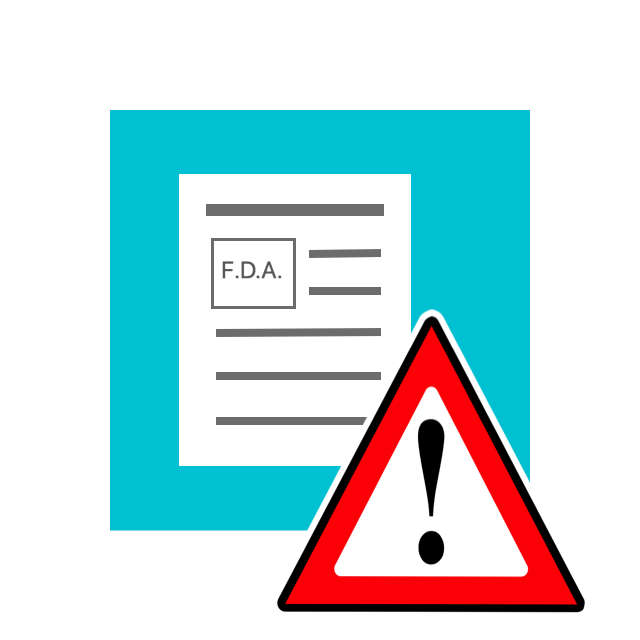Research in the AAAAI’s journal, The Journal of Allergy and Clinical Immunology (JACI), is giving new insight into the atopic march and what conditions may indicate a higher risk of further allergic disease.
READ ARTICLE HIDE ARTICLE
MILWAUKEE, WI – New research in the AAAAI’s journal,
The Journal of Allergy and Clinical Immunology
(JACI), is giving insight into how allergic disease typically progresses in young children and what conditions may indicate a higher risk of further development.
“This progression of allergic disease in childhood is often referred to as the atopic march,” said first author Maxwell M. Tran, BHSc. “It describes how infants with eczema, also called atopic dermatitis, are more likely to develop hay fever, asthma or other allergic disease compared to infants without eczema. This study looks further into how allergic sensitization in infancy in combination with atopic dermatitis may heighten the risk of allergic diseases.”
In “Predicting the atopic march: results from the Canadian Healthy Infant Longitudinal Development Study,” the researchers found the combination of conditions can have strong interactive effects on the risk of asthma and allergy by the time the child turns 3.
With further research, this finding could be used to develop a tool for healthcare providers to assess an infant’s risk of developing asthma or allergy more accurately. The effects of the interaction are shown in the following ways in asthma, allergic rhinitis, food allergy and continued eczema:
1. Infants with both eczema and allergic sensitization were seven times more likely to develop asthma symptoms by the time they turned 3 compared to children without either condition. Infants with eczema only, without sensitization, were not at increased risk of asthma.
2. Infants with only eczema or allergic sensitization were at somewhat higher risk of developing allergic rhinitis, commonly known as hay fever. But infants with eczema and allergic sensitization were nearly 12 times more likely to develop allergic rhinitis, compared to children without either condition.
3. The presence of both eczema and allergic sensitization in infancy also greatly increased the risk of developing a food allergy by 3 years of age. Specifically, sensitization to food allergens, as opposed to pollen or other aeroallergens, and eczema had additive interactive effects on the rate of food allergy.
4. While infants with eczema and allergic sensitization at 1 year were six times as likely to also have eczema at 3 years of age, there was no evidence of an interactive effect on the risk of the disease.
“It’s common for children to develop atopic dermatitis in infancy, with an estimated 10 to 20% of children worldwide suffering from the disease,” said senior author Malcolm R. Sears, MB, FAAAAI.
“We found that assessing allergic sensitization using common skin tests in combination with atopic dermatitis substantially improved the prediction of all four allergic outcomes we studied.”
Researchers analyzed 2,311 children from the Canadian Healthy Infant Longitudinal Development Study (CHILD). The
CHILD Study
is a birth cohort study following Canadian families and their children to help determine the root causes of chronic diseases, such as asthma, allergies and obesity, among other conditions.
If you are interested in learning more about any of the conditions listed above, visit the
AAAAI’s Conditions and Treatments Library
. If you are a member of the press, email Rachel Maidl at
rmaidl@aaaai.org
to request a copy of the study or an interview with one of the authors.
The American Academy of Allergy, Asthma & Immunology (
AAAAI
) represents allergists, asthma specialists, clinical immunologists, allied health professionals and others with a special interest in the research and treatment of allergic and immunologic diseases. Established in 1943, the AAAAI has more than 7,000 members in the United States, Canada and 72 other countries. The
AAAAI’s Find an Allergist/Immunologist
service is a trusted resource to help you find a specialist close to home.
Additional Information
Learn More from AAAAI





